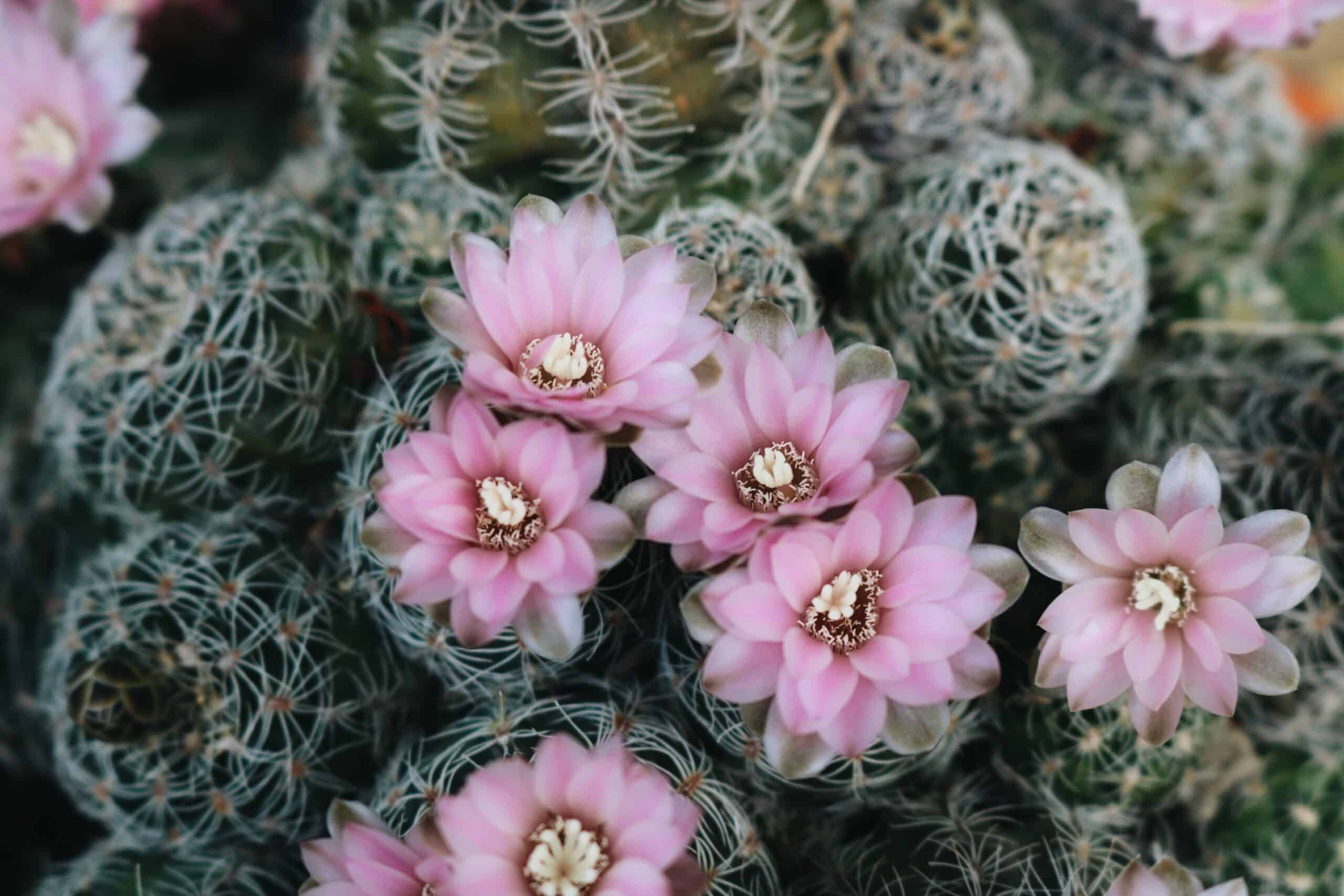Virginia Sweetspire, also known as Itea Virginica, is a rounded, upright shrub with an abundance of star-shaped flowers which have a lightly fragrant scent. Its blooms are creamy to white in color, and these plants easily catch the attention of pollinators. Thanks to its long season of interest and low maintenance requirements, gardeners love to have this lovely plant in their gardens. They are versatile and can be grown in both wet and dry soils. They are hardy and will also do well near streams or ponds.
Etimology
The Virginia Sweetspire or Itea Virginica is named after the Virginia colony and its sweetly scented flowers. “Itea” comes from the Greek word “iteon” meaning “willow” because its leaves resemble those of a willow tree.
Symbolism and Mythology
Virginia Sweetspire has been used in the garden for centuries, and it has a rich history of symbolism and mythology.
This shrub was believed to be an antidote against spiritual and physical diseases, as it was thought to possess healing properties. It was also believed to bring luck in love, health and wealth.
In Christian tradition, Virginia Sweetspire is used to symbolize eternal life.
Family
Virginia Sweetspire are members of the Iteaceae family. The genus name Itea comes from ancient King Itys of Lydia, who employed magical waters to bring his beloved back to life, while the species name Virginica refers to the Virginia colony, where this shrub is native to. This plant is hardy in zone 5 to zone 9 and prefers full sun to partial shade.
Mature Size
Virginia Sweetspire plants can reach up to 10 feet tall and look great at the back of borders or as a hedge. It is a deciduous plant and blooms from June to August in white, lightly fragranced flowers. Its flowers are star-shaped and each bloom is covered with a coating of cream to white. Its foliage is heart-shaped and sits atop the branches of this shrub. In the fall, its foliage turns bright red.
Planting Virginia Sweetspire
When it comes to planting this shrub, it is best to plant them in groups, as this will make them easier to take care of. Allow for enough space between each of them, as they can reach up to 10 feet tall. Make sure the soil is moist and well-drained. Virginia Sweetspire can tolerate a bit of drought, but too much dryness can lead to a decrease in blooms. Fertilizing is recommended in early spring and late fall. Pruning should only be done to encourage bushiness. After the plant has finished flowering in the summer, one should prune the branches that have already bloomed.
How to Propagate Virginia Sweetspire
When it comes to propagation, the shrub can be propagated by taking softwood cuttings in early summer and rooting them in soil, or by layering in the autumn. It can also be grown from seed but it will take longer for the plant to bloom.
Common Pests and Diseases
Common pests and diseases that can harm the shrub include aphids, caterpillars, mites, fungus, powdery mildew, and root rot. To keep these pests and diseases at bay, ensure that you monitor your plants for signs of distress, and use organic and non-toxic methods for pest control.
Three the most frequently asked questions about Virginia Sweetspire
1. How do I prune Virginia Sweetspire?
Prune Virginia Sweetspire by removing dead and dying branches in late winter or early spring and removing any branches that are overcrowding the center of the shrub. This will encourage bushiness and keep the plant healthy.
2. What is the best soil type for Virginia Sweetspire?
The best soil type for Virginia Sweetspire is a moist and well-drained soil. Additionally, the soil should also have a slightly acidic or neutral pH level and should not be too dry.
3. Will Virginia Sweetspire attract pollinators?
Yes, pollinators of all kinds will be attracted to Virginia Sweetspire due to its creamy to white, star-shaped flowers, which are lightly fragranced. This makes it an excellent choice for anyone wanting to attract more pollinators to their garden.
Fact Sheet
| Property | Value |
|---|---|
| Family | Iteaceae |
| Plant Type | Deciduous shrub |
| Mature Size | Up to 10 ft. tall and 8 ft. wide |
| Sun Exposure | Full sun to partial shade |
| Soil Type | Prefers moist, well-drained soils |
| Soil pH | 6.1-7.8 |
| Bloom Time | June to August |
| Flower Color | Creamy to white |
| Hardiness Zones | 5 to 9 |
| Native Area | Eastern United States |
What we love from Amazon this week
Buy these wonderful flowers directly from Amazon:















